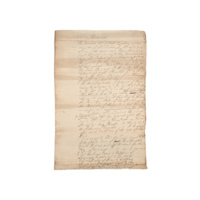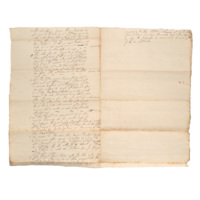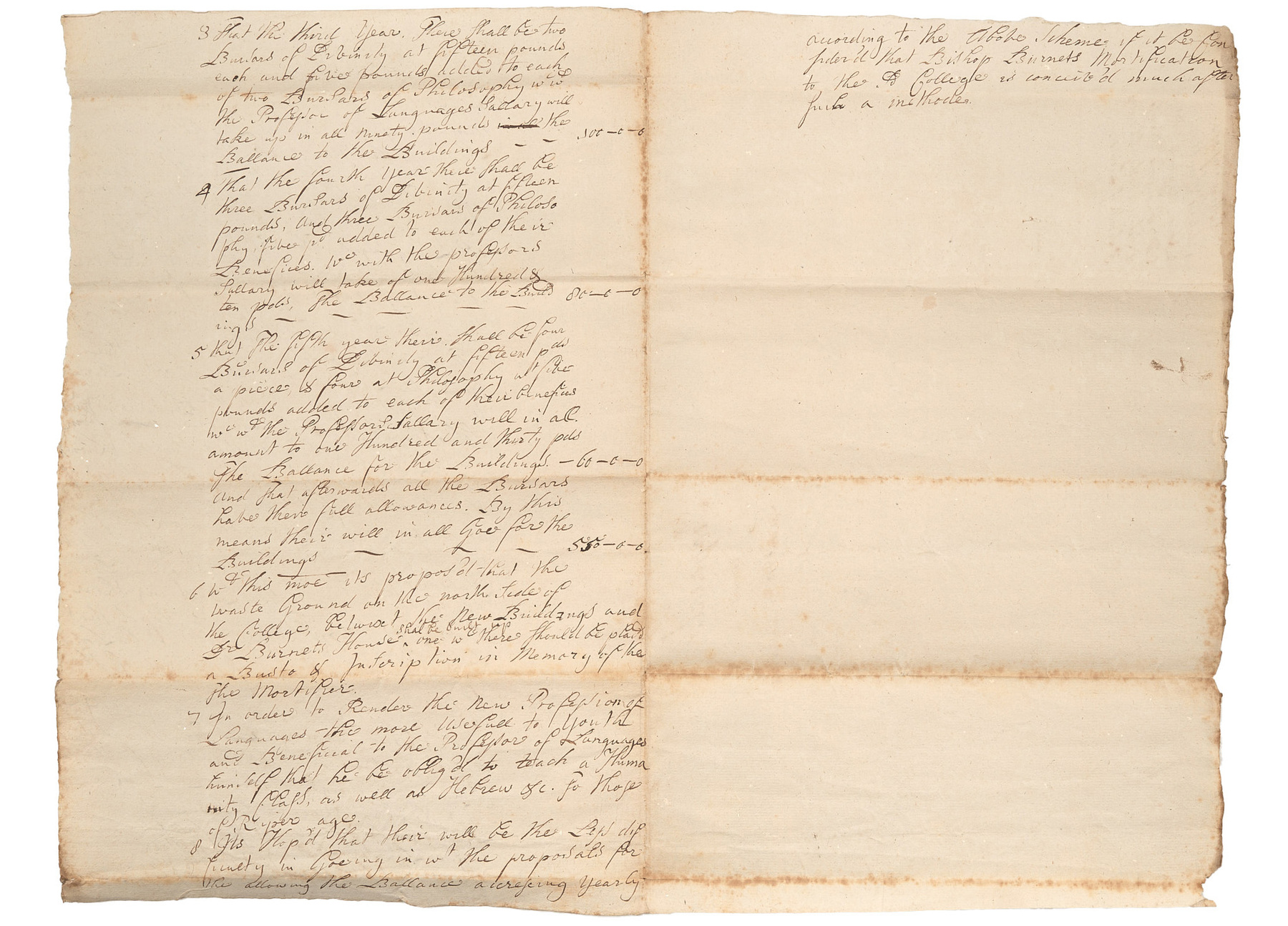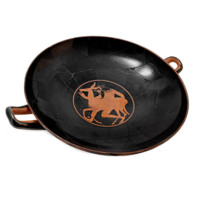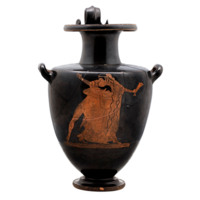Profiting from slavery


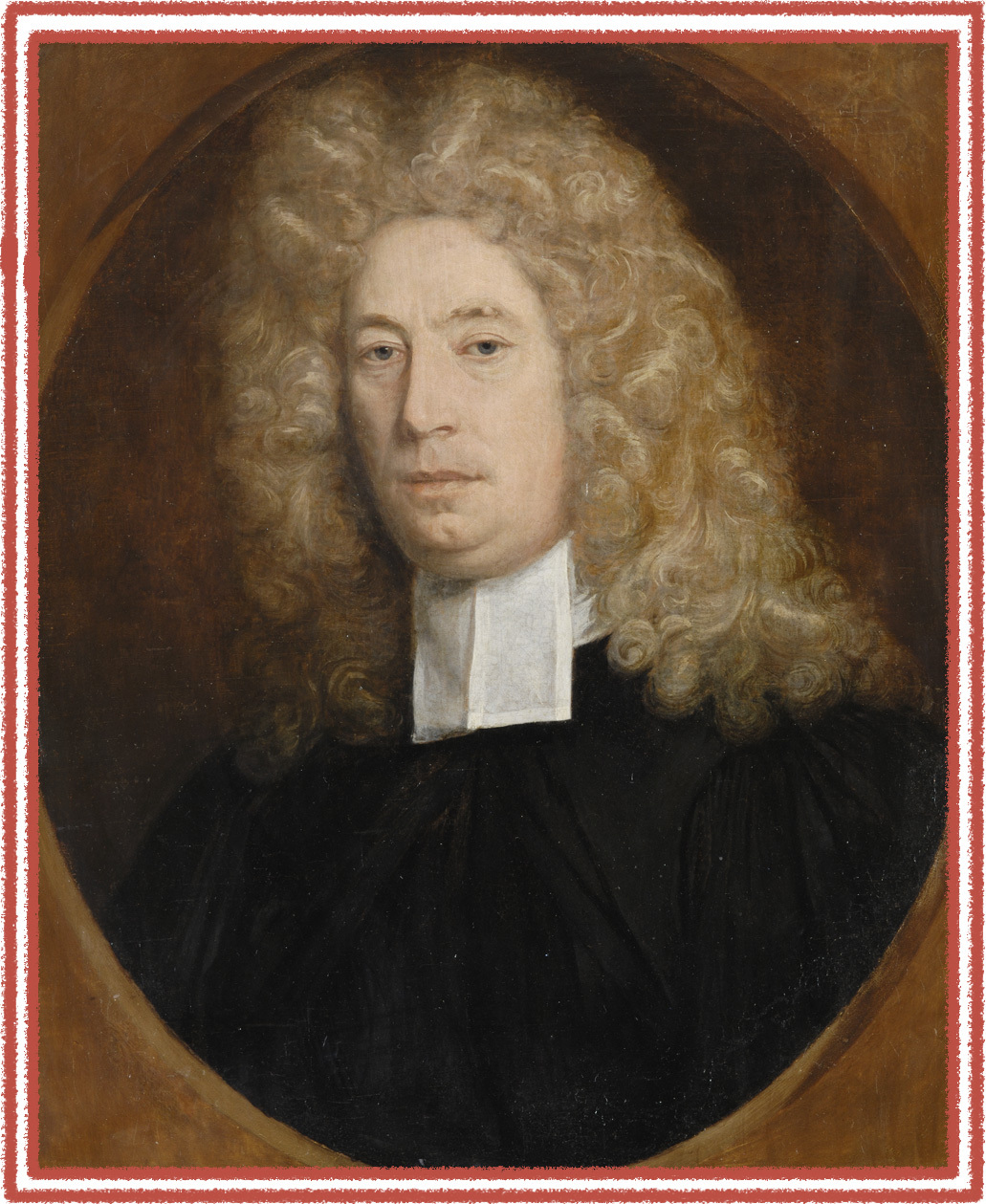
Gilbert Ramsay, an enslaver and donor to Marischal college.
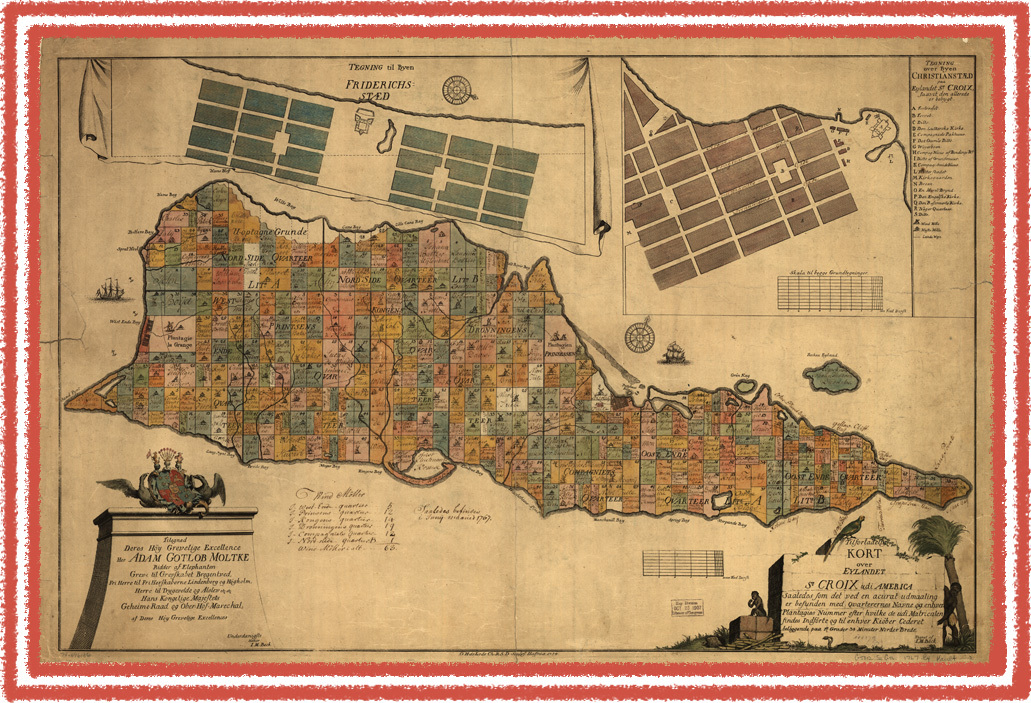
Map of forced labour estates on St. Croix, Virgin Islands, including that of Alexander Moir. Library of Congress, Geography and Map Division.
Wealth from enslaved labour flowed from the Caribbean to North-East Scotland. Many staff and graduates of Marischal and King’s Colleges in Aberdeen were active participants in the trade of enslaved people and also profited from enslaved labour.
In 1833, abolition included a massive payment of compensation to 46,000 British enslavers. The government raised £20 million, which was justified as a necessary step and a national sacrifice. Based on inflation, this would be about £19 billion today. The enslaved people received no compensation for their decades of unpaid labour and suffering.
Money, collections of art, books and archives were donated to the university and other institutions by former enslavers and their descendants. The most tangible link to slavery compensation money in Aberdeen is Powis Gateway – now owned by the University. It was built in the 1830s by the Leslie family and funded partly by the money they received in compensation for 392 people who were freed by the new law.

Bequest of money acquired from the sale of enslaved people
The largest gift from an enslaver to the University was from Gilbert Ramsay from Birse, Aberdeenshire who became a church minister in Antigua and Barbados. When he died in 1727 the money from the sale of enslaved people included £1000 going to Birse for a school and poor fund and £3,800 to Marischal College, a sum equivalent to over £600,000 today.

It is difficult to compare the value of money in the past with its value today.
In this exhibition we have used the Bank of England’s Inflation Calculator. This is a measure of economic inflation which compares what goods a sum of money could purchase at the time, and what their equivalent value would be today. For example, it would cost £94 today to buy goods that would have cost £1 in 1833.
There are alternatives, such as comparing money with the pay of an average worker, or comparing it with the overall size of the economy. As the economy has changed substantially over the past 200 years, none are completely accurate.

Will bequeathing money derived from enslaved labour
Alexander Moir, a physician, held over a hundred people in slavery in Saint Croix. A graduate of King’s College, he left £600 to King’s College in 1783 ‘to support four poor students’ with bursaries. The endowment was invested in land and grew in value, continuing to provide bursaries to the present day.

Claim for compensation
This 1835 claim is for compensation for two enslaved people in the colony of British Guiana by their former enslaver Alexander Stuart of Aberdeen. He was one of many Aberdonian claimants for compensation when slavery was made illegal.

Ancient Greek pottery
John Henderson of Caskieben and his son Alexander profited from slavery through part ownership of a Jamaican forced labour estate and from compensation payments at emancipation. Both donated funds to Marischal College, while Alexander also left his library and a collection of paintings, sculptures, and ancient Greek pottery to the College.



